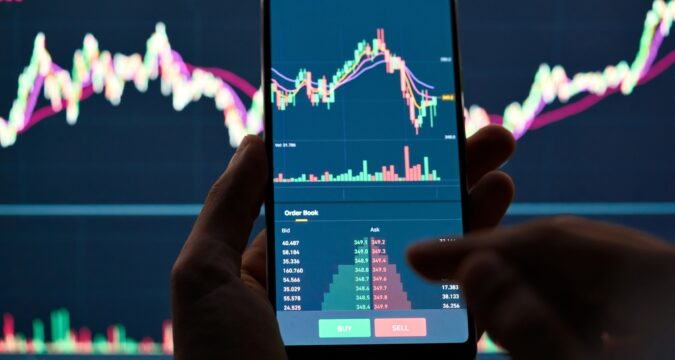
Technical analysis is used by crypto traders and investors to make good decisions on which assets to invest in or trade. However, there are different types of analysis, broadly classified as technical and fundamental analysis.
Both analyses are important if anyone is going to make the right decisions on which assets to invest in or trade. However, they are quite different in terms of what is involved and the tools used in the analysis.
In this guide, we compare the two types of analysis to show how they differ from each other. If you didn’t know the difference before now, you should read on to find out.
Technical Analysis
Technical analysis is the most commonly used analysis. It involves the use of charts and analysis of past and present price behavior of an asset.
Technical analysis is also referred to as charting, because it depends on the use of charts to determine the future prospects of an asset.
In order to effectively carry out technical analysis of an asset, the analyst uses some technical indicators such as moving averages, relative strength index, and others.
Technical analysis however doesn’t take into account things outside of the price movements of crypto assets.
This is a weakness of the process, which makes it less reliable because more than the previous price behavior of the asset, there are other factors that can affect how an asset behaves in the short, mid and long term. This is where fundamental analysis comes in.
Fundamental Analysis
Fundamental analysis isn’t as talked about as technical analysis, but it is the other side of the analysis coin.
While in traditional finance it is used to determine if an asset is overbought or oversold, in crypto, it is used alongside technical analysis to get a clearer picture of an asset’s future performance.
Unlike technical analysis, it considers factors outside the price of the asset and looks at how those factors may affect price in the future.
For example, while technical analysis considers the past performance of an asset, fundamental analysis considers factors such as news and events, network metrics of an asset etc.
Fundamental analysis can be done by anyone, but the quality is dependent on how many factors the analyst looks at.
This means that it is more difficult to have an accurate fundamental analysis than it is to have an accurate technical analysis.
Difference Between Technical and Fundamental analysis
As earlier mentioned, technical and fundamental analysis are quite different, but they are both important in getting a rounded conclusion on the future performance of an asset.
First, technical analysis takes into account the price performance of an asset. It considers the history of the asset’s performance and then makes inferences based on the history.
This is based on the assumption that price behavior isn’t random, and cycles are about to repeat themselves.
On the other hand, fundamental analysis doesn’t regard past price performance at all. Instead, it looks at current happenings surrounding the asset, which may affect the performance.
Secondly, technical analysis is quite technical as the name pimples. Using the indicators for technical analysis requires technical understanding of chart patterns which not everyone can do until they learn it.
Fundamental analysis is relatively easy, something anyone can do. It just involves doing research which anyone can pull off on the internet.
With such gathered information such as news and events, the team behind a project, and network metrics, one can draw a conclusion on how the asset performs.
Final Thoughts
Here’s the thing. Analyzing a crypto asset to determine its suitability for trading or investment can be challenging. However, combining technical and fundamental analysis makes this less challenging, as you can more easily get the bigger picture.
In truth, no single analysis – technical or fundamental – can accurately capture the tendencies of an asset, so it’s necessary to apply both when carrying out your analysis.


